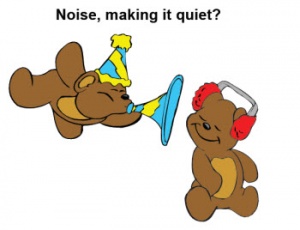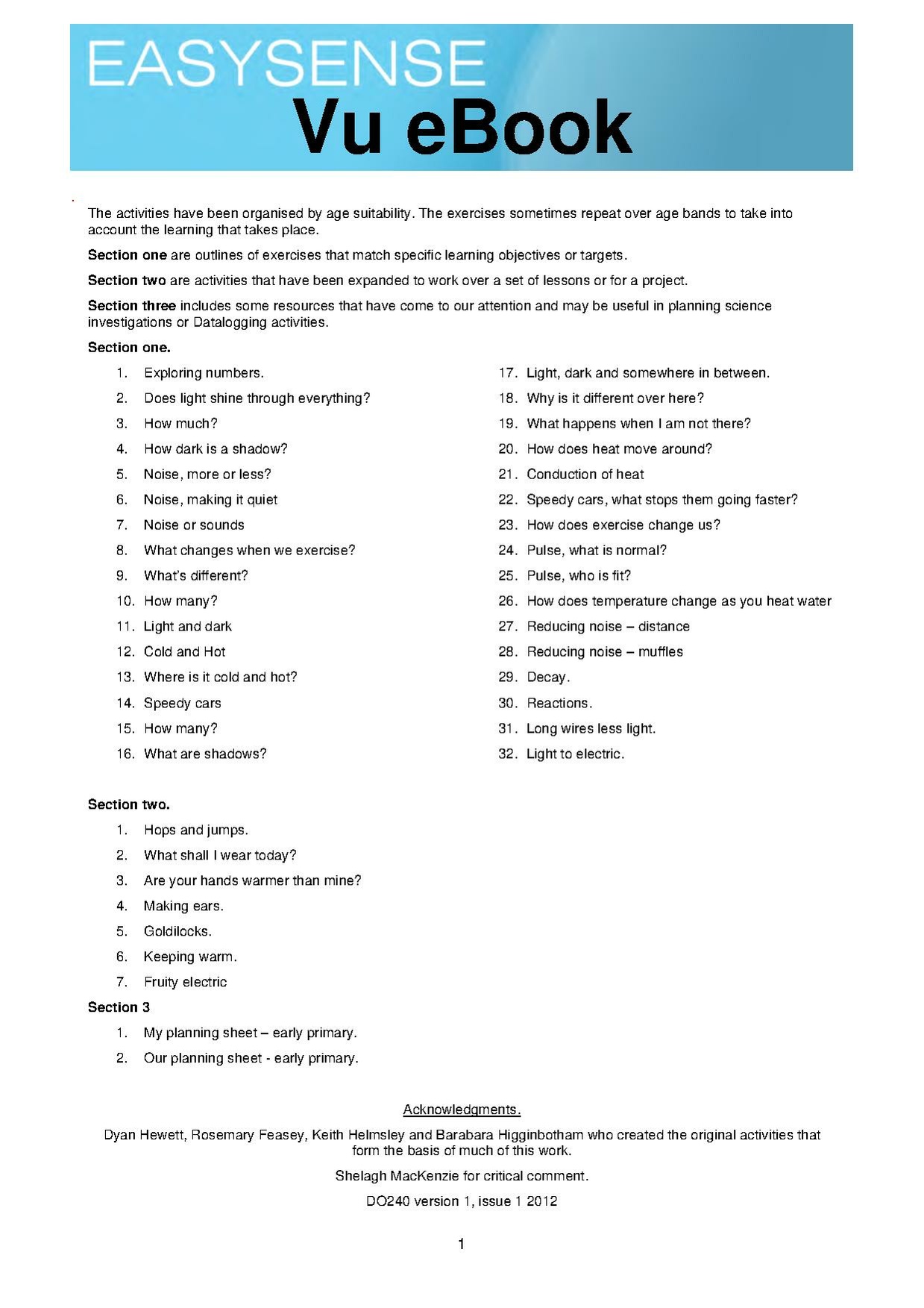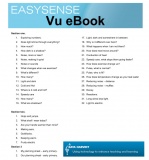Infant and Primary Science Activities with Sensors: Difference between revisions
No edit summary |
No edit summary |
||
| Line 29: | Line 29: | ||
|resources= The resource is available as | |resources= The resource is available as | ||
* a printable PDF - 113 pages [[file:EasySense_Vu_eBook.pdf| ebook to download file:EasySense_Vu_eBook - Infant and Primary Science Activities with Sensors]] | * a printable PDF - 113 pages [[file:EasySense_Vu_eBook.pdf| ebook to download file:EasySense_Vu_eBook - Infant and Primary Science Activities with Sensors]] | ||
* an editable Word document - [[file:EasySense Vu eBook.doc| ebook to download file:EasySense_Vu_eBook - Infant and Primary Science Activities with Sensors]] | * an editable Word document - [[file:EasySense Vu eBook.doc| ebook to download file:EasySense_Vu_eBook - Infant and Primary Science Activities with Sensors]]<br /> | ||
[[File:EasySense-Vu_ebook_from_Data_Harvest.jpg|border|160x160px| |Preview snapshot from 'Primary Curriculum Activities']] | [[File:EasySense-Vu_ebook_from_Data_Harvest.jpg|border|160x160px| |Preview snapshot from 'Primary Curriculum Activities']] | ||
Latest revision as of 12:03, 26 November 2012
Lesson idea. An updated and expanded ideas booklet by UK company Data Harvest which shows the scope for using sensors in primary science and introduces more ideas, more teacher guidance and more recent data capture equipment made by Data Harvest. Ideas include comparing bowls of porridge based on the story of Goldilocks and comparing the fabric transparency of curtains. Each activity has a teacher page with learning objectives. These resources were made for Vu equipment and software, so you may find detail differences in the instructions. The activities within this booklet might be adapted to work with other brands of sensors and software. The ideas however, ought to mesh well with UK curricula. A snapshot of the content may be seen below.
Teaching approach. This is a compendium of activities to engage pupils in inquiry(ta) based learning in the scientific method(ta), often making effective use of ICT(i) and sensors(tool). The activities involve whole class(ta) questioning(ta) and collaborative(ta) group work(ta). (edit)
| Resource details | |
| Title | Infant and Primary Science Activities with Sensors |
| Topic | [[Topics/ICT|ICT]] |
| Teaching approach | [[Teaching Approaches/Questioning|Questioning]], [[Teaching Approaches/Whole class|Whole class]], [[Teaching Approaches/Group work|Group work]], [[Teaching Approaches/Inquiry|Inquiry]], [[Teaching Approaches/Collaboration|Collaboration]], [[Teaching Approaches/Scientific method|Scientific method]] |
| Learning Objectives |
|
| Format / structure | Online booklet - contributed by Data Harvest UK Ltd. |
| Subject | [[Resources/Science|Science]] |
| Age of students / grade | [[Resources/Primary age 4-11|Primary age 4-11]], [[Resources/Primary|Primary]]
|
| Useful information | The Vu equipment website. |
| Related ORBIT Wiki Resources | |
| Files and resources to view and download | The resource is available as
|



